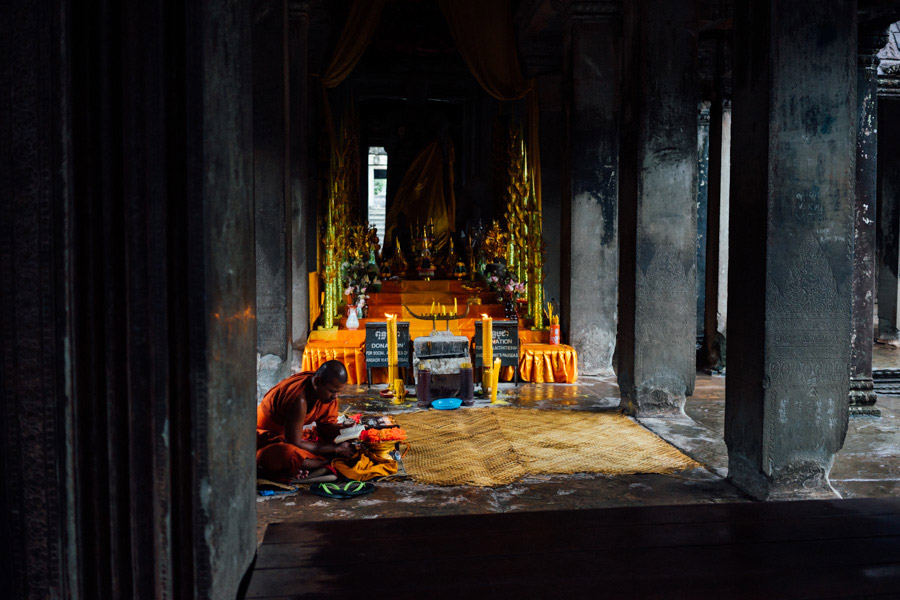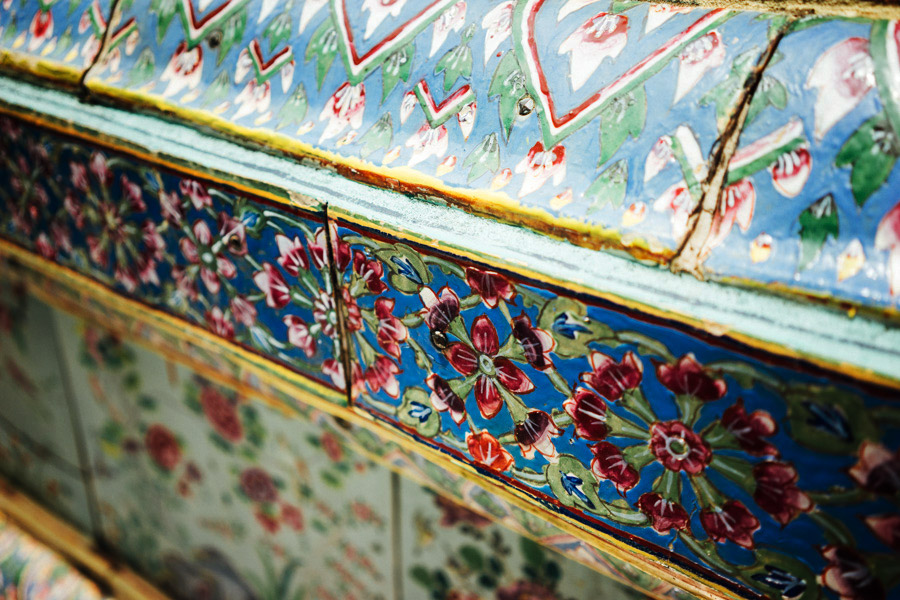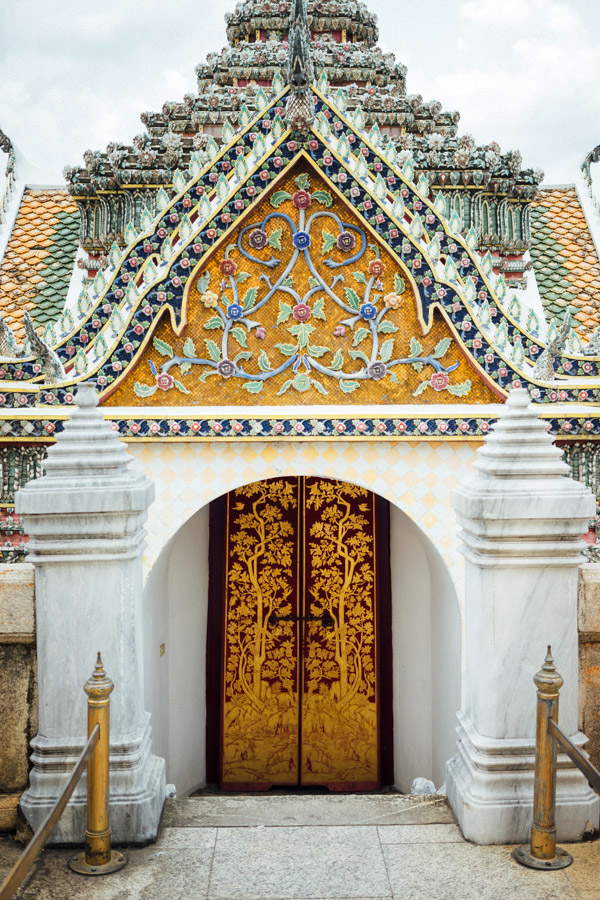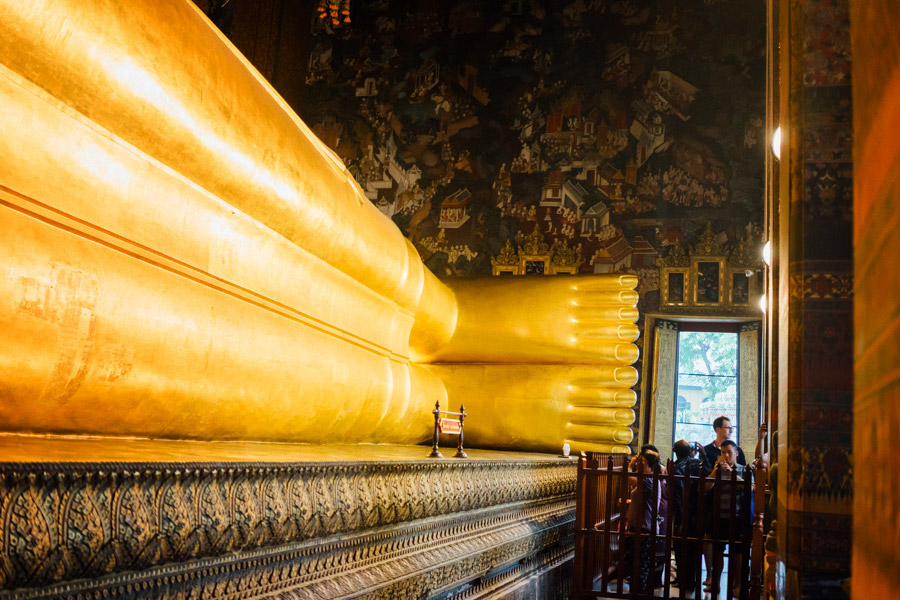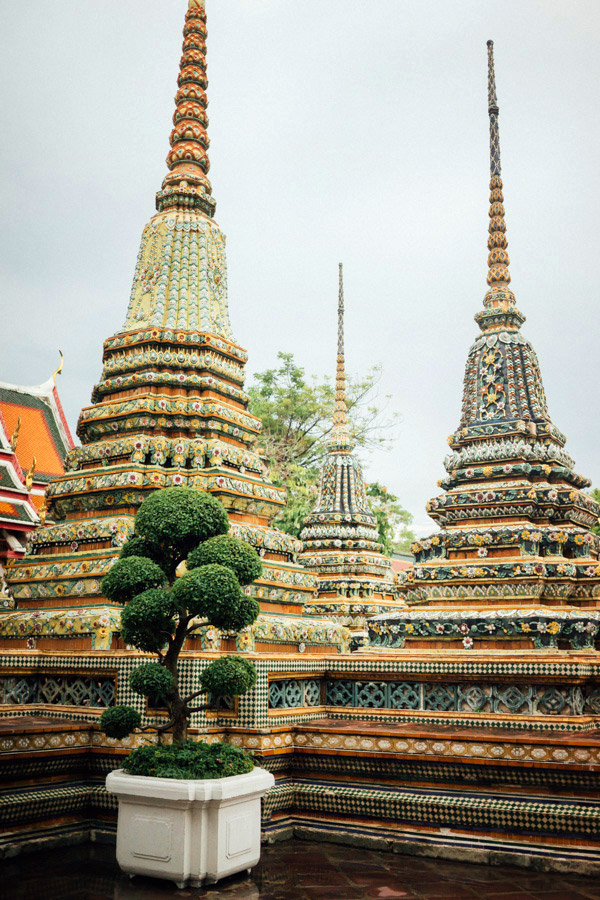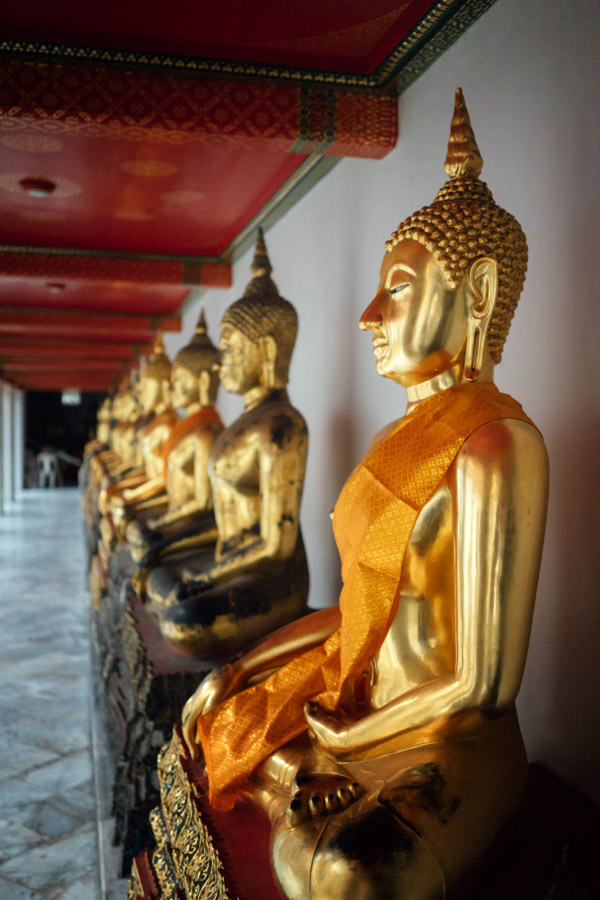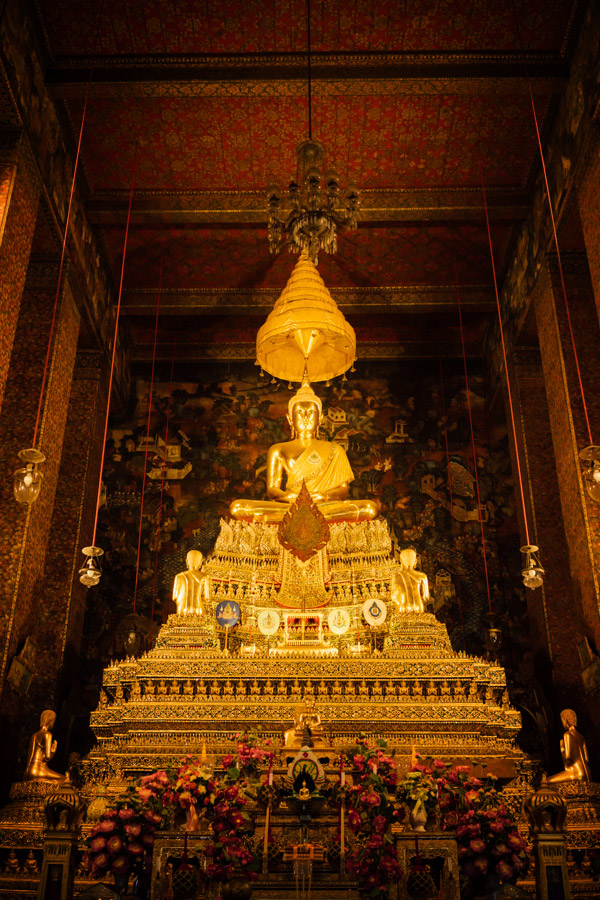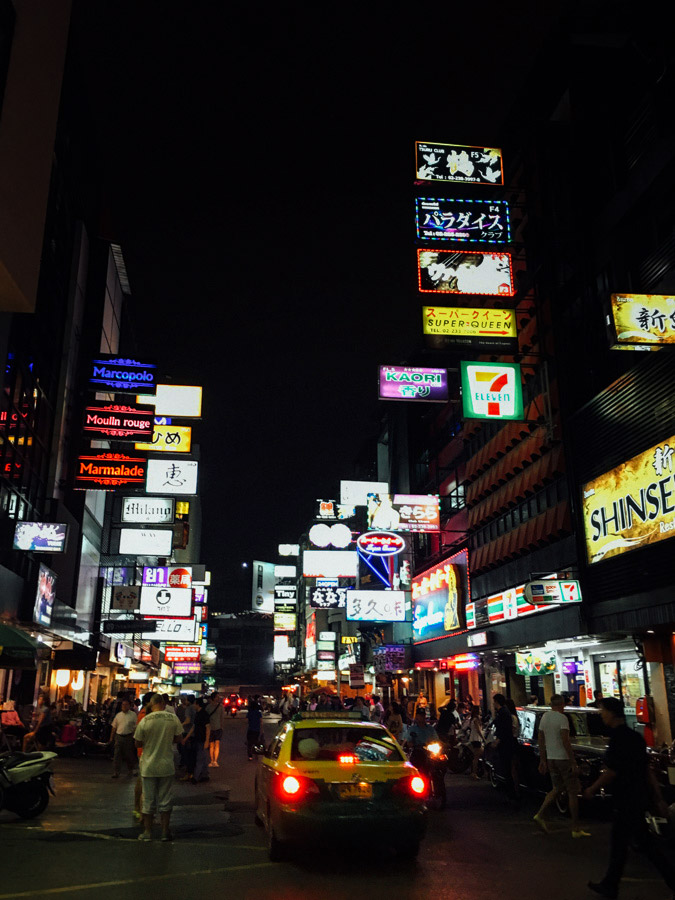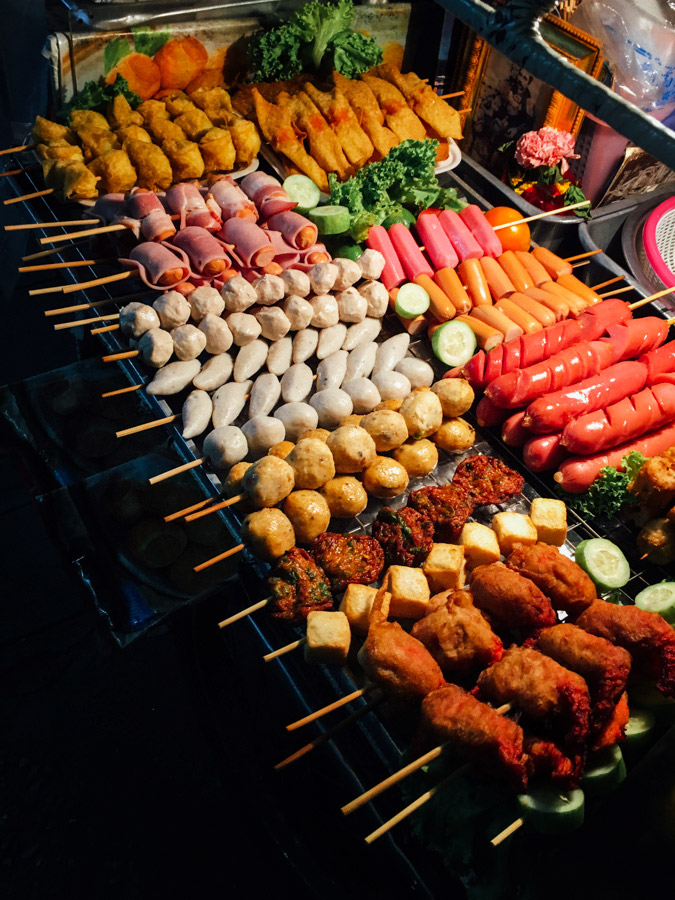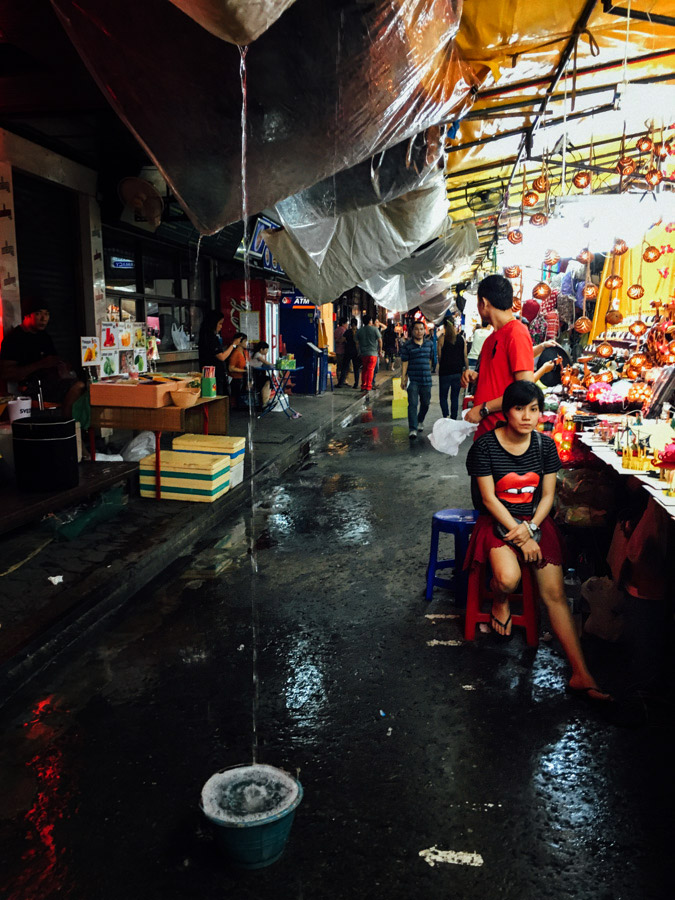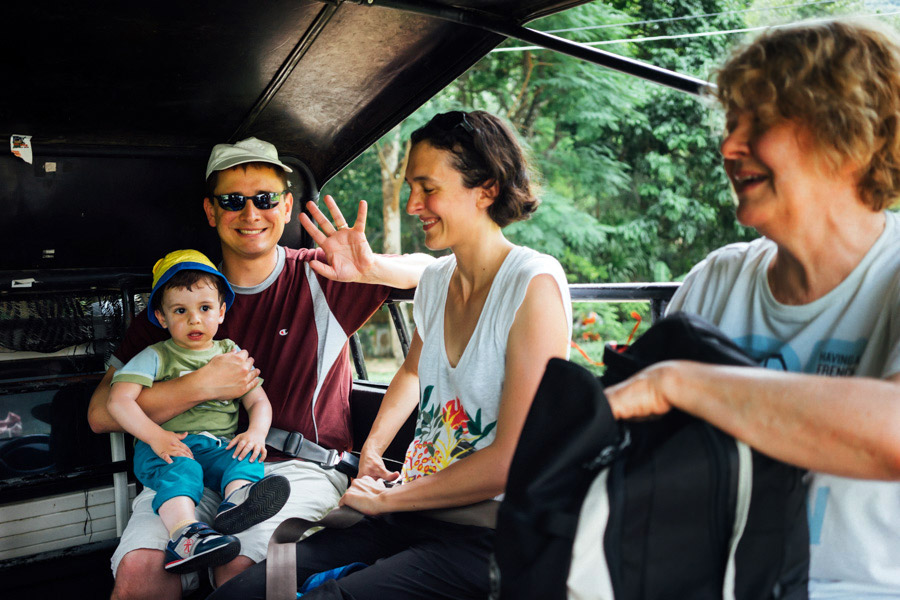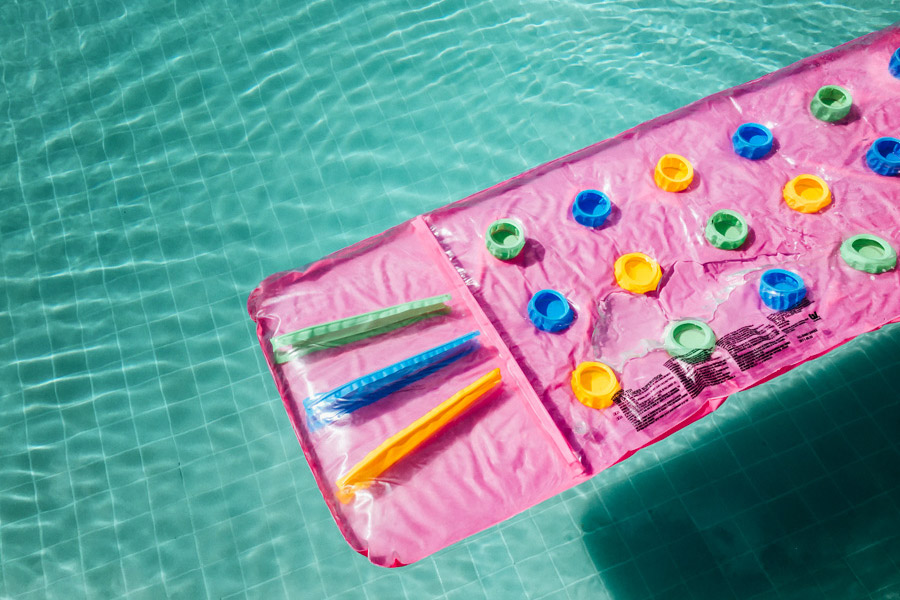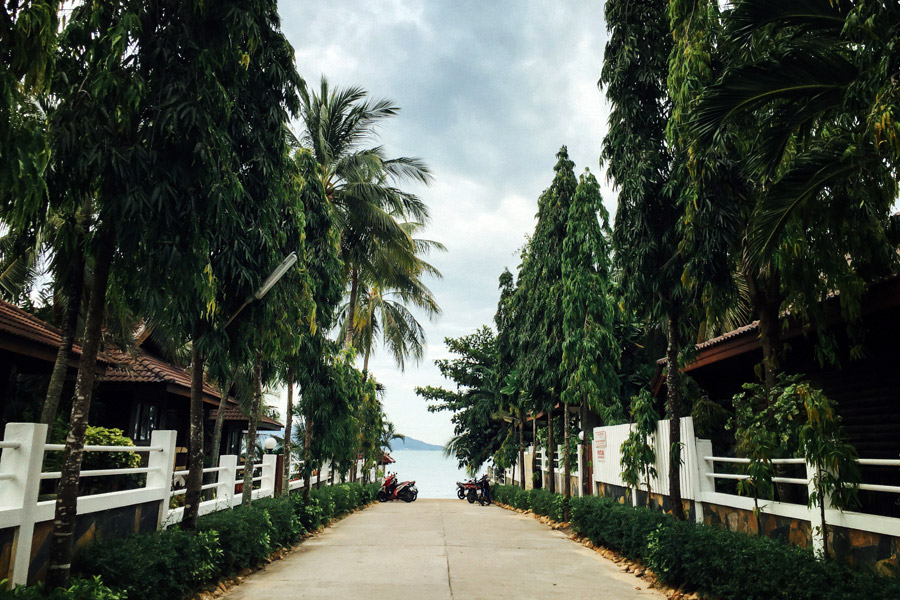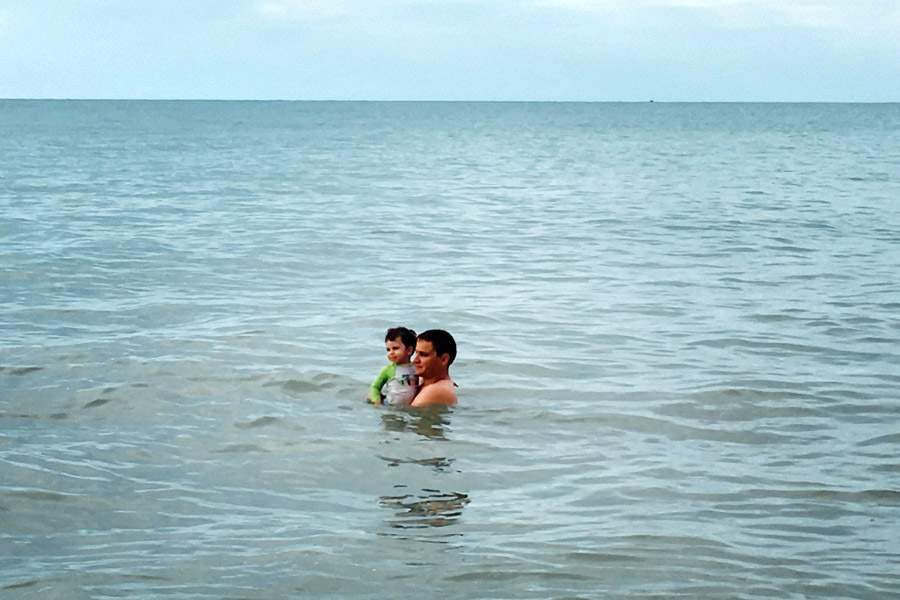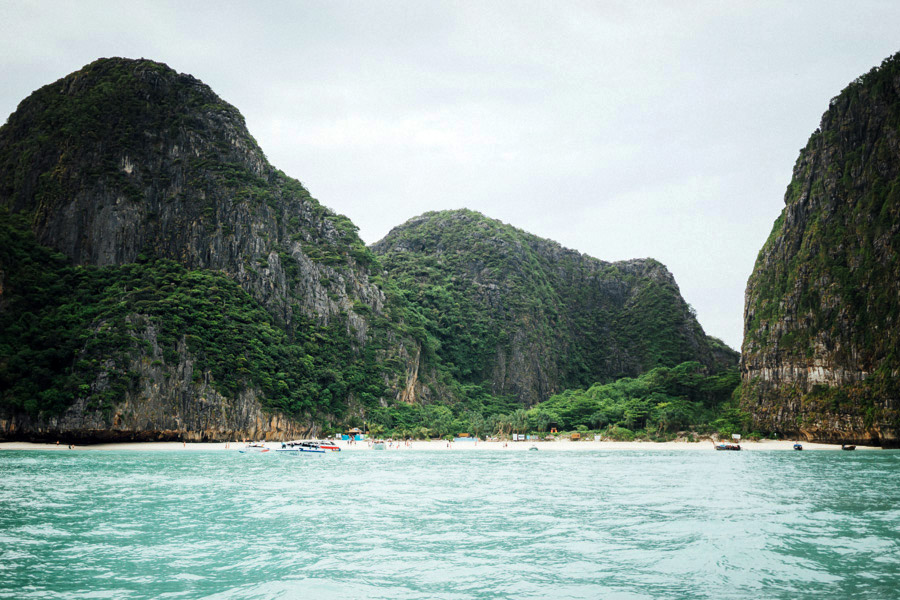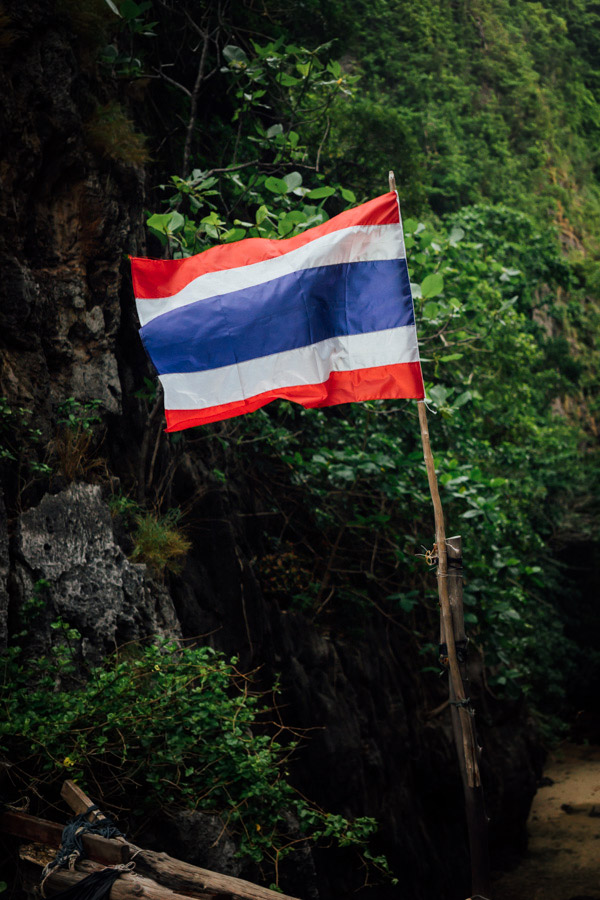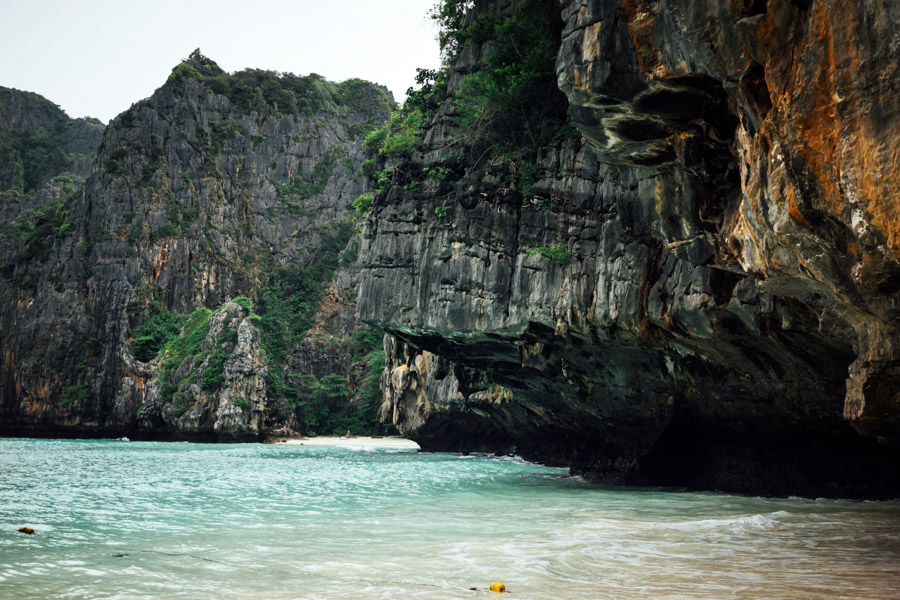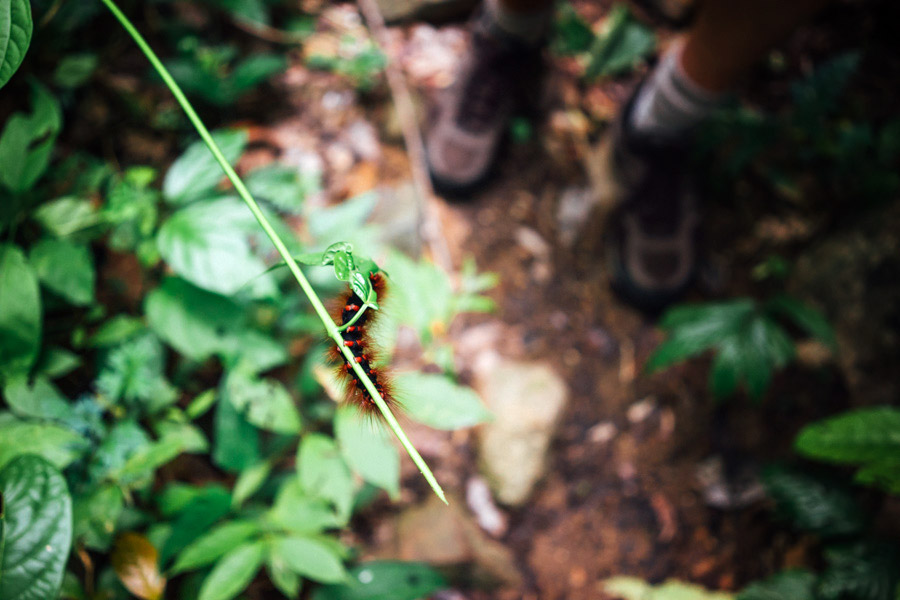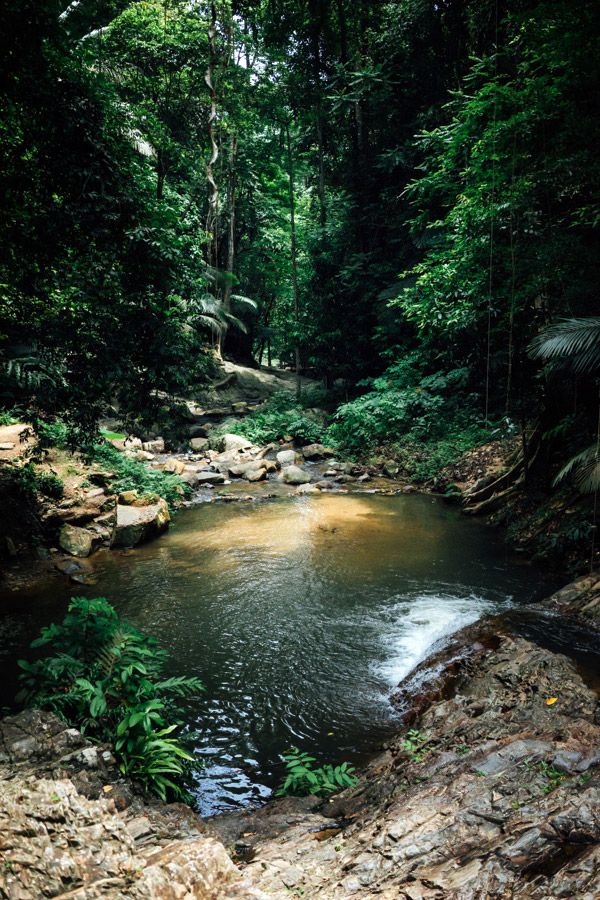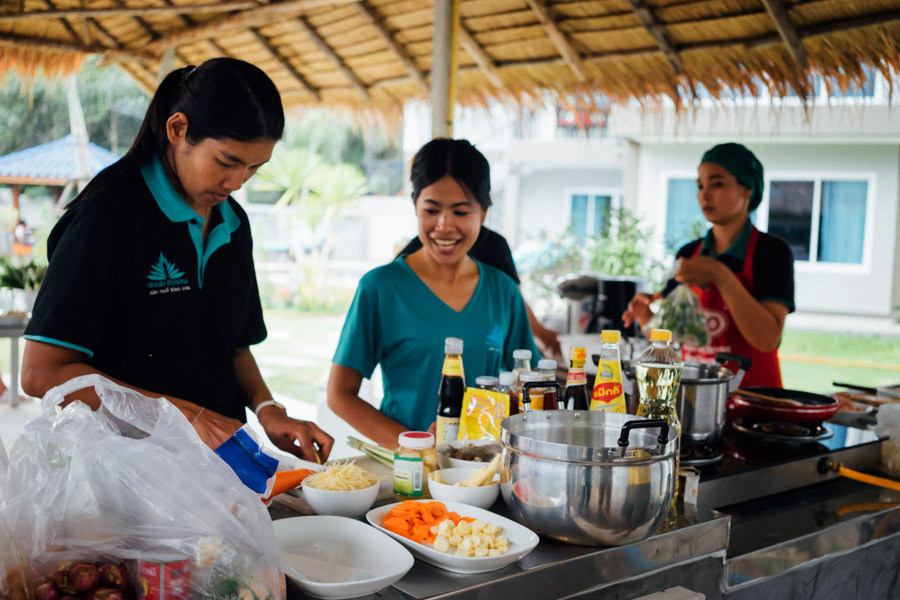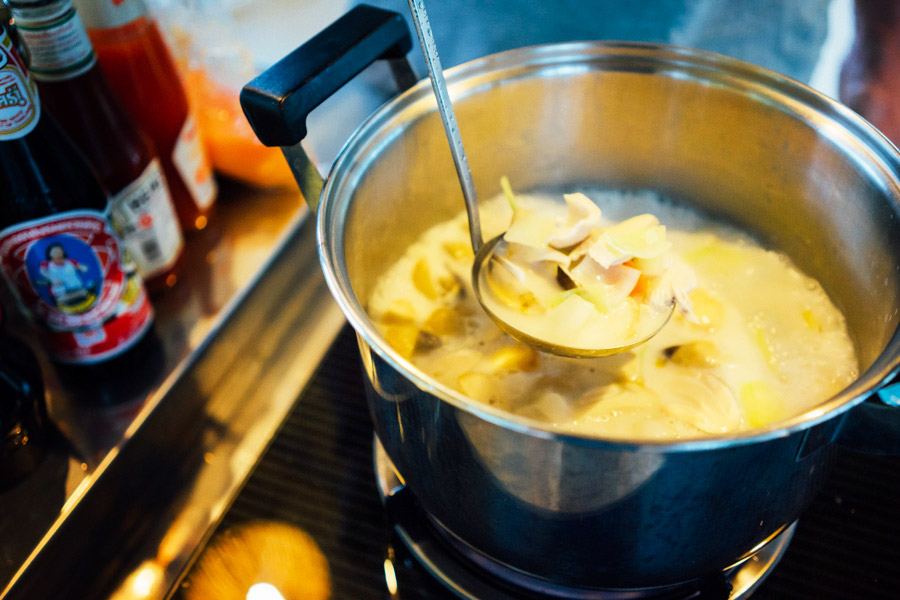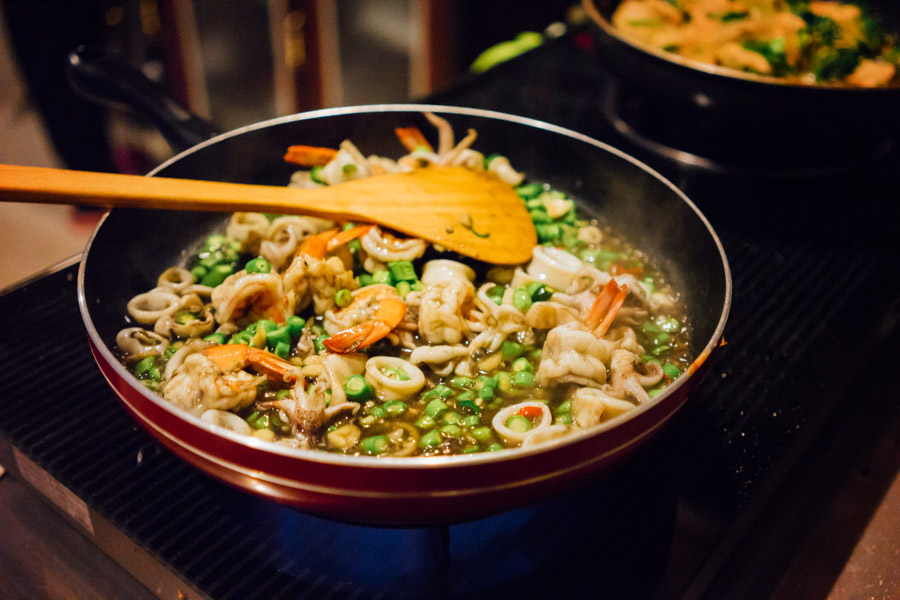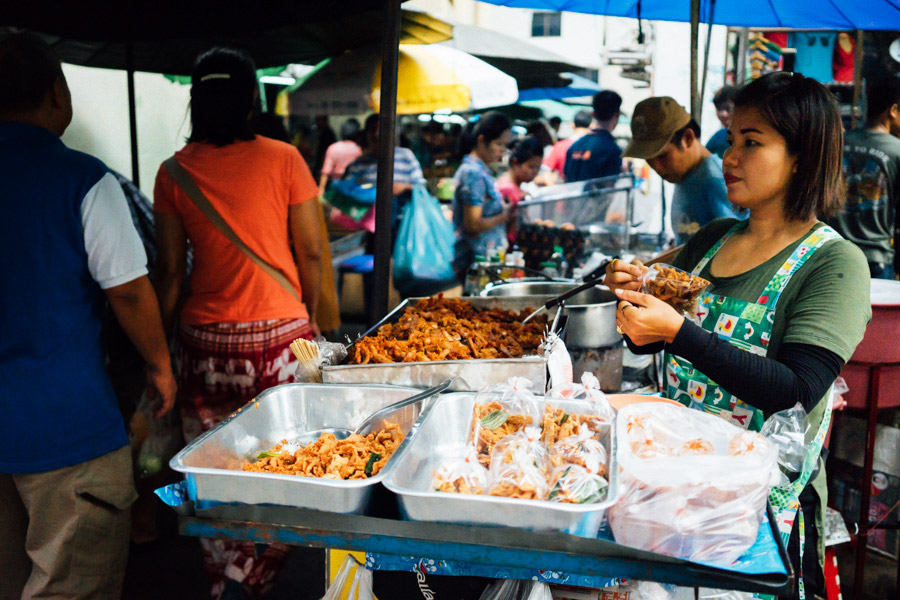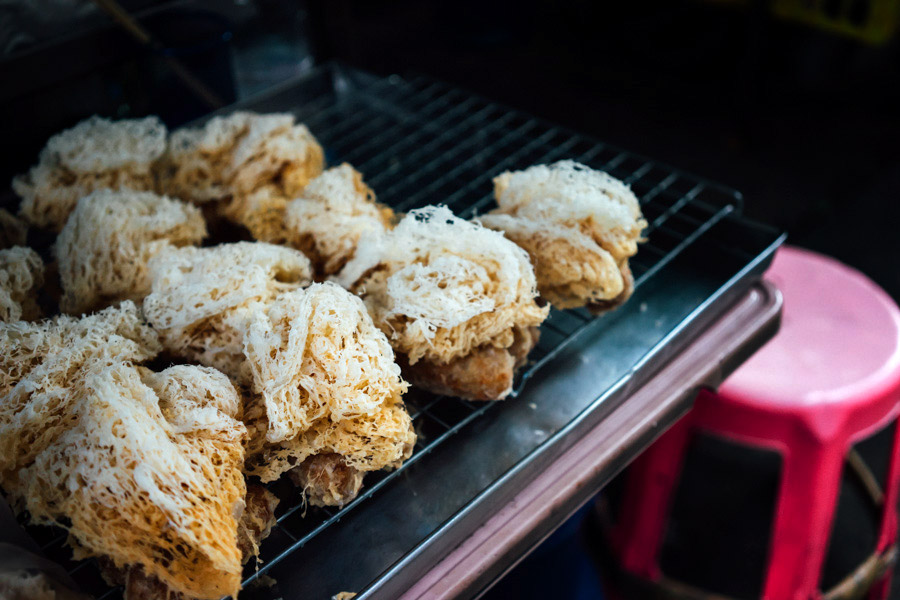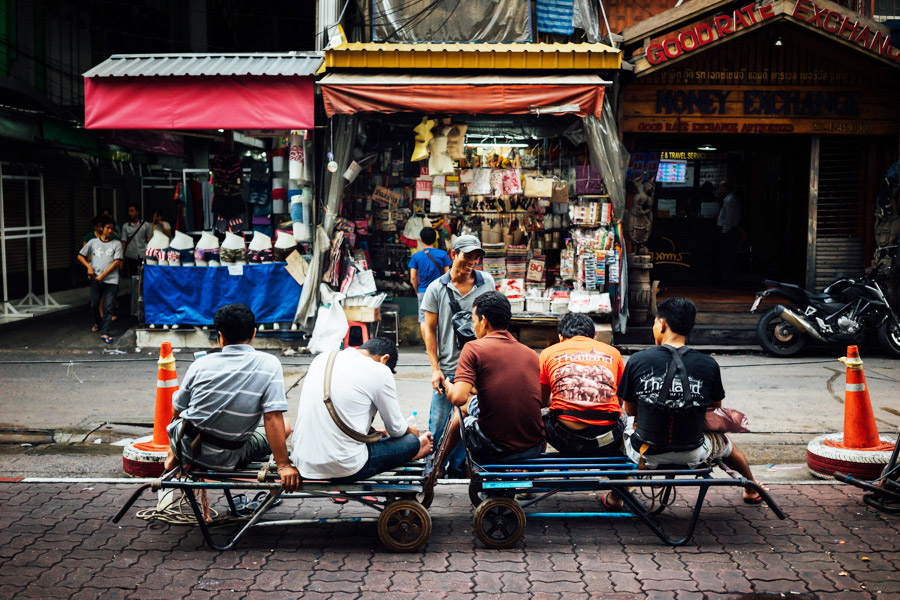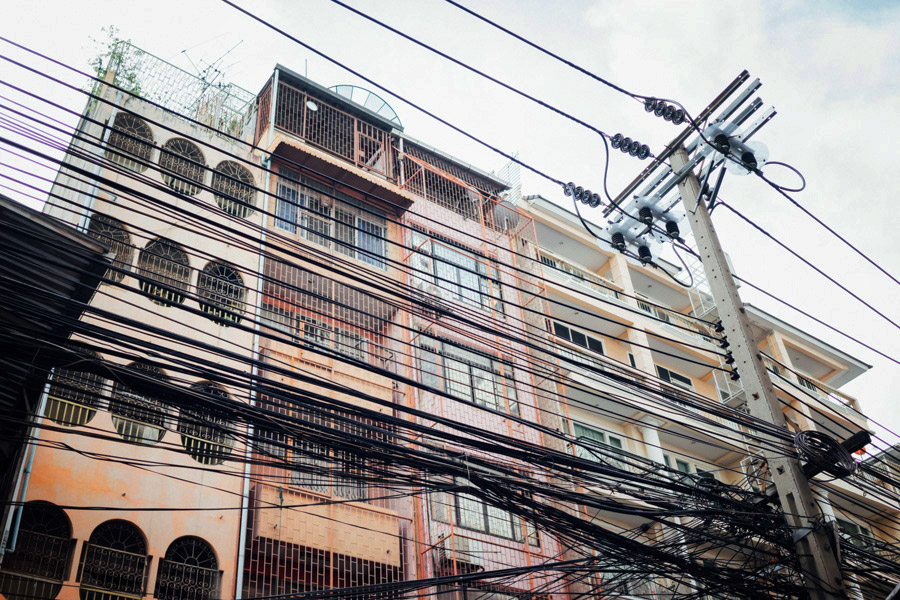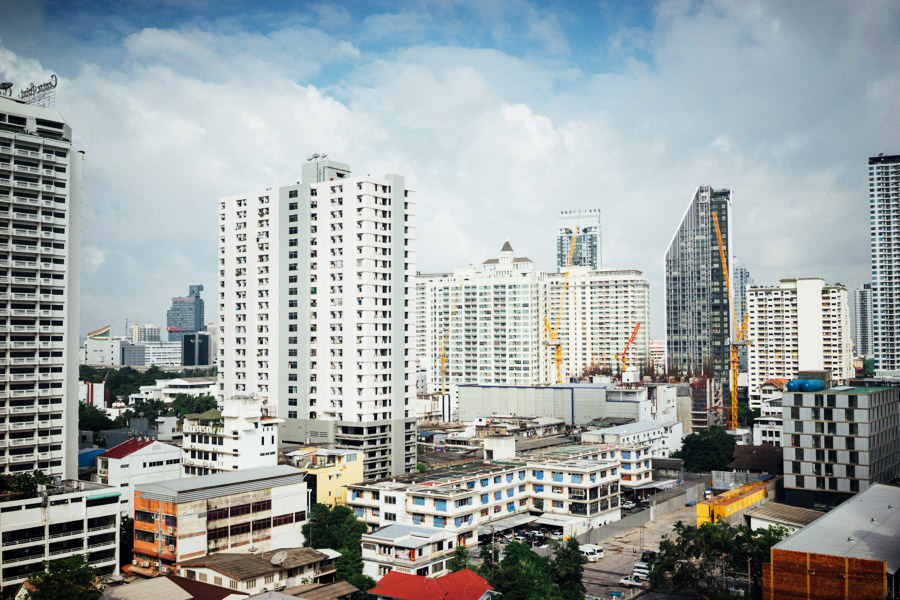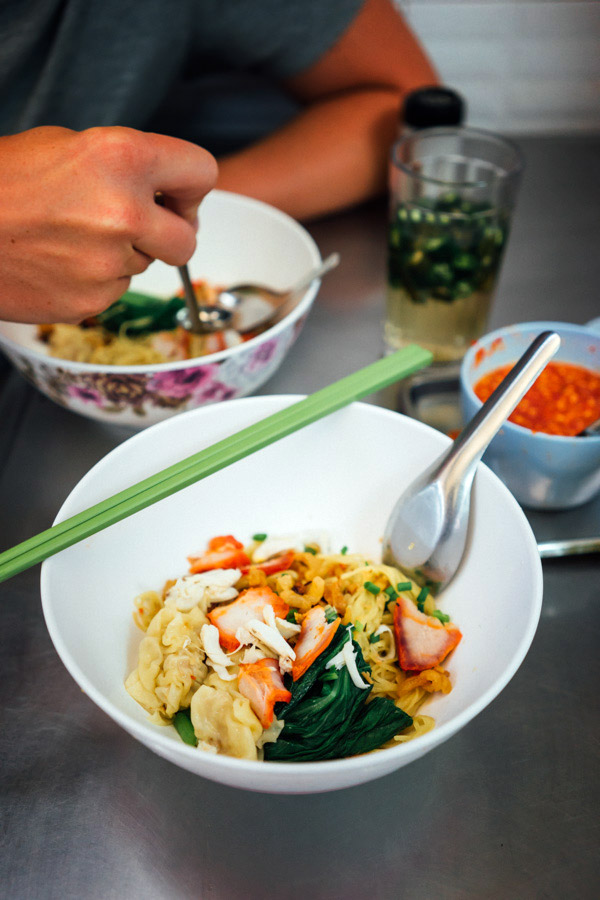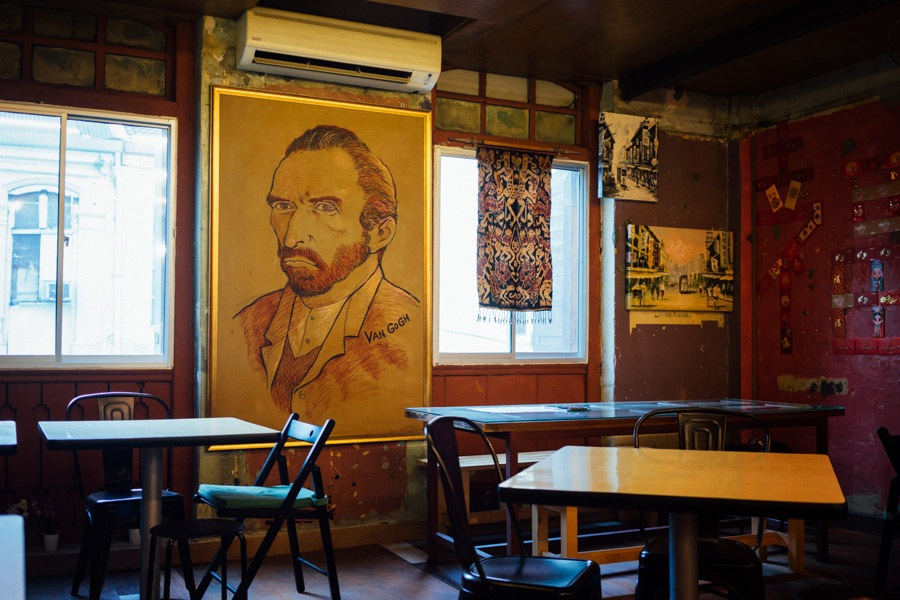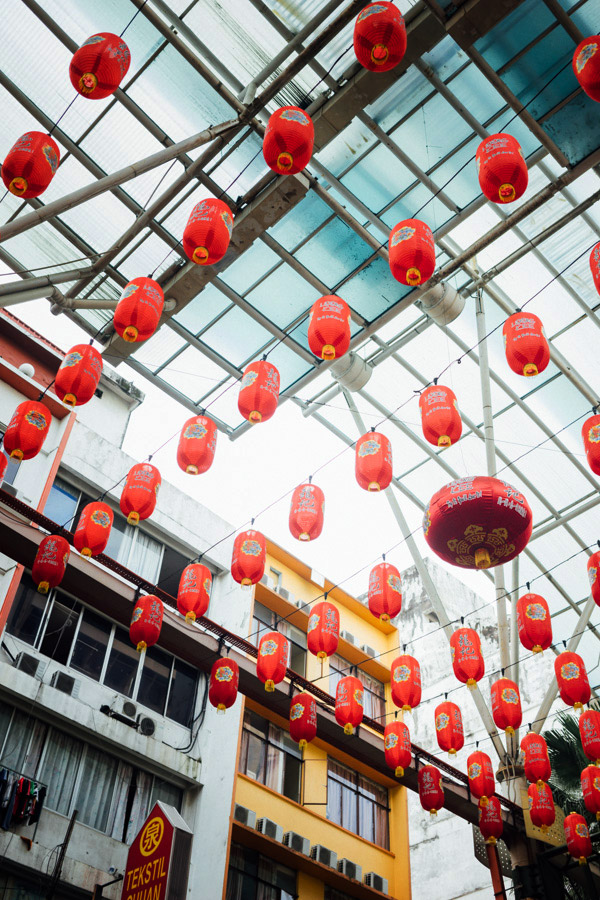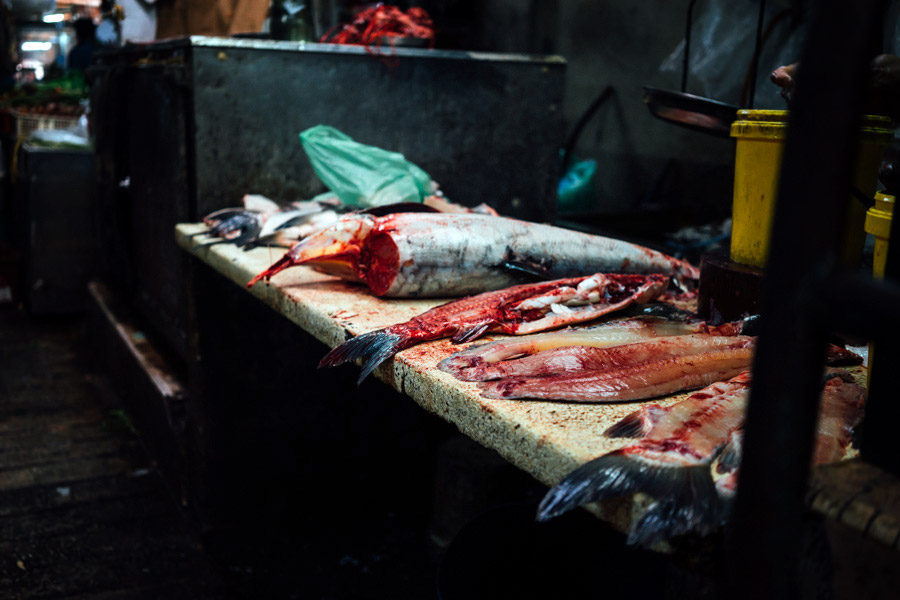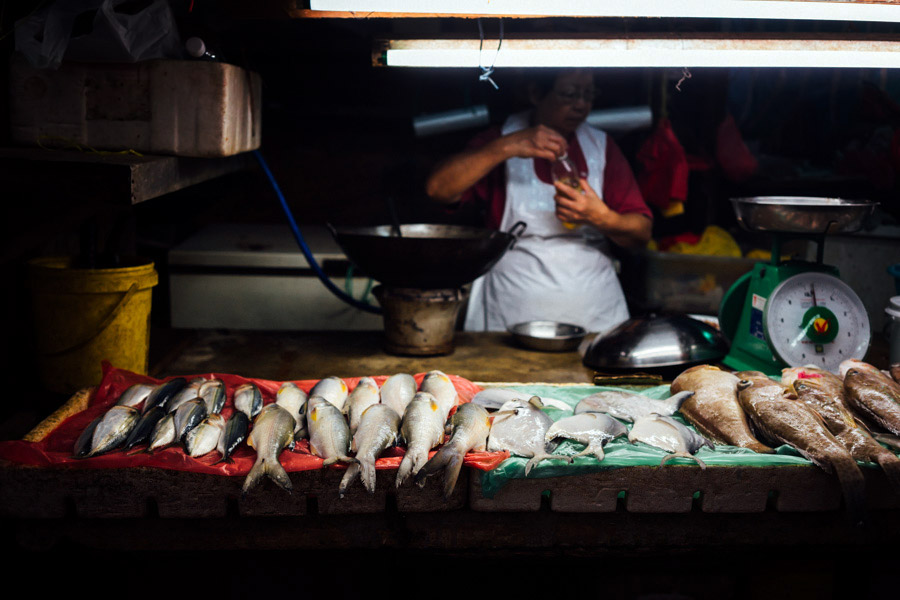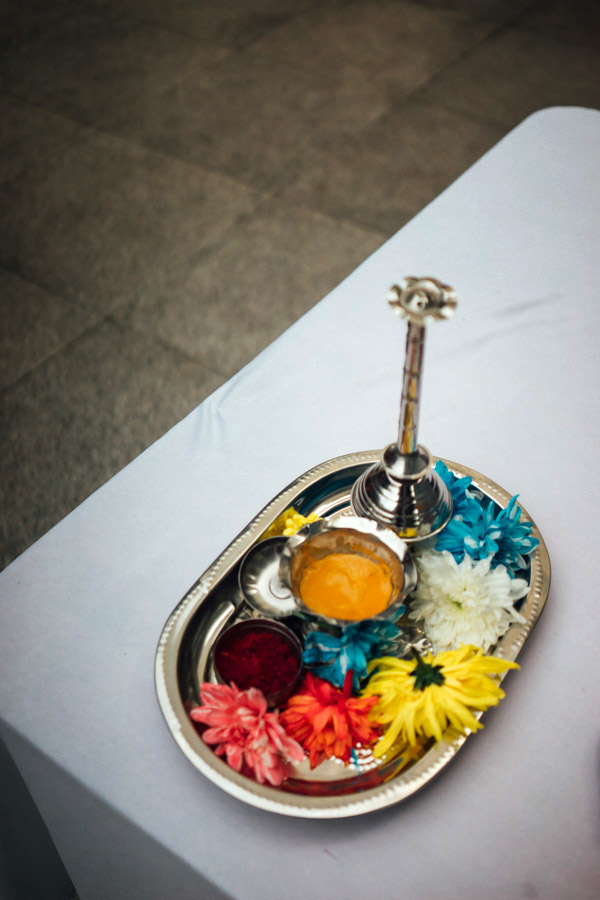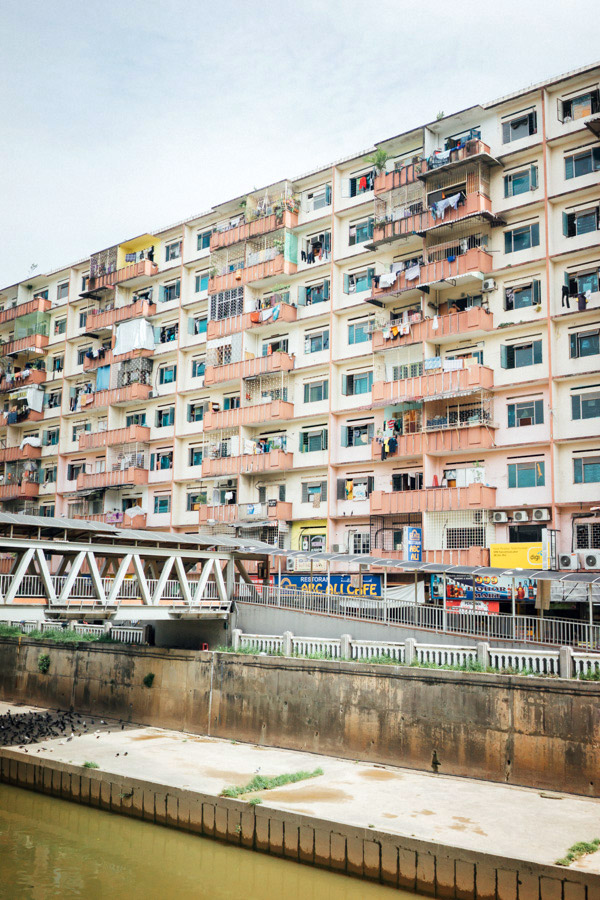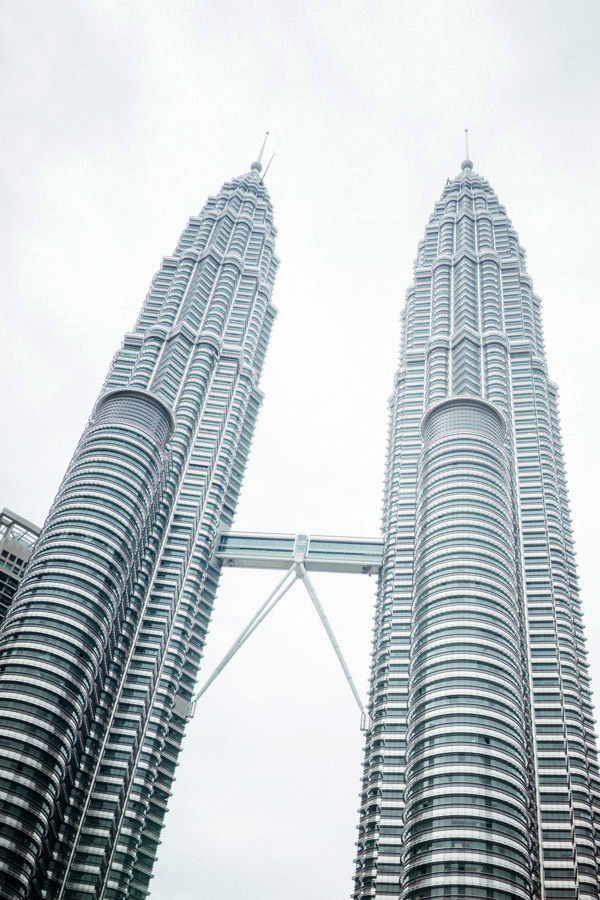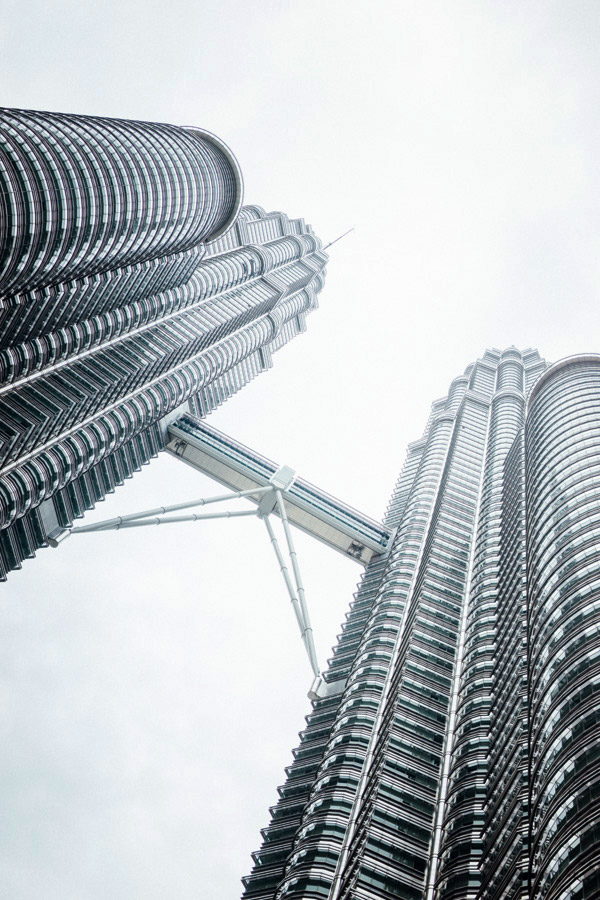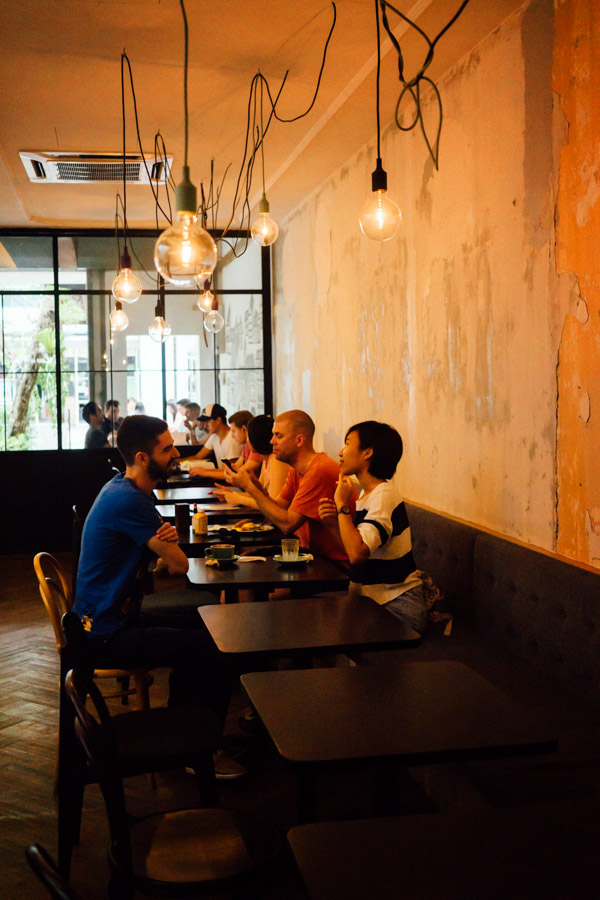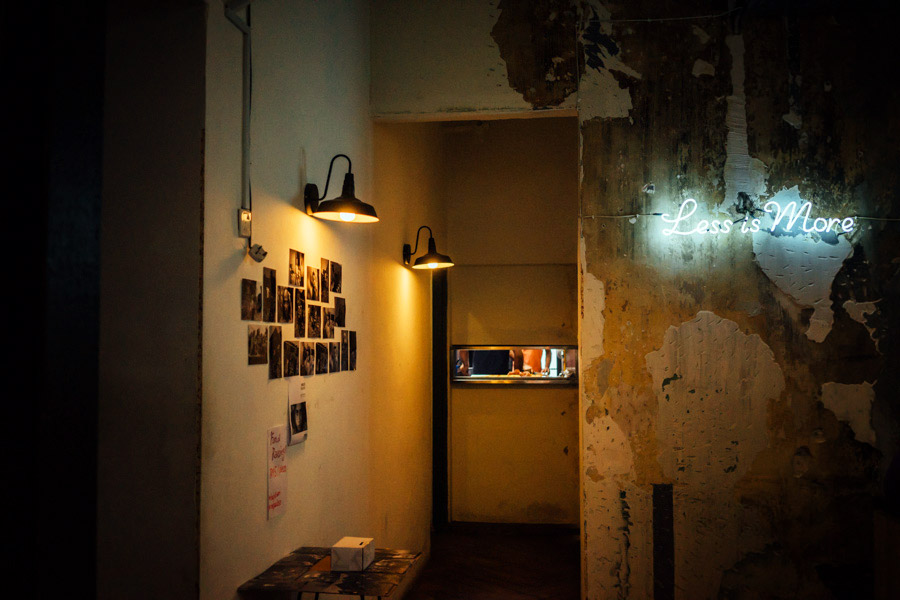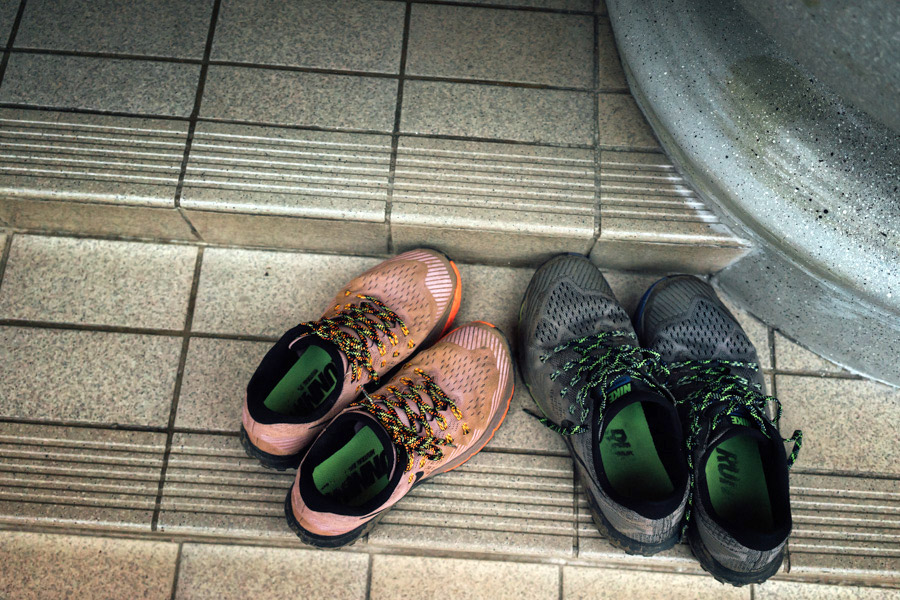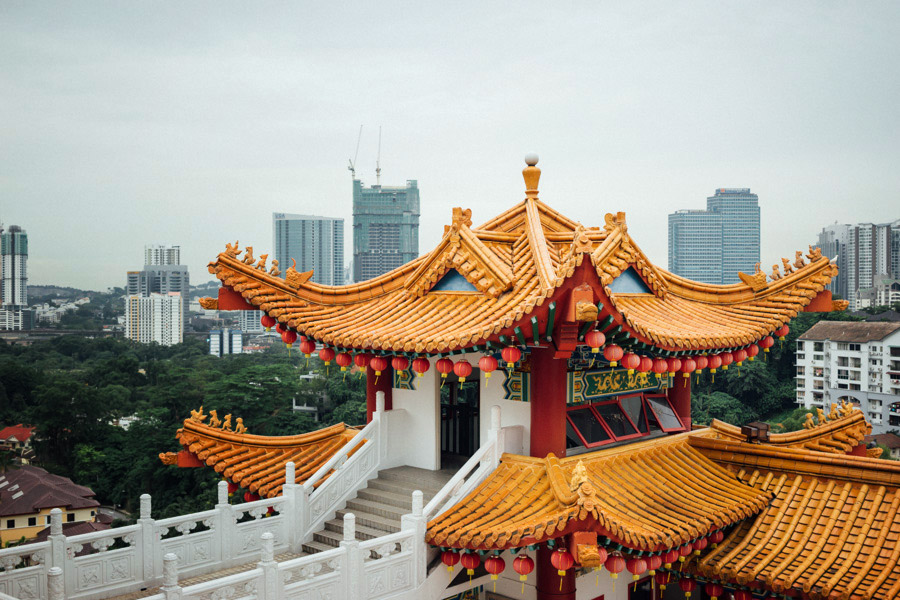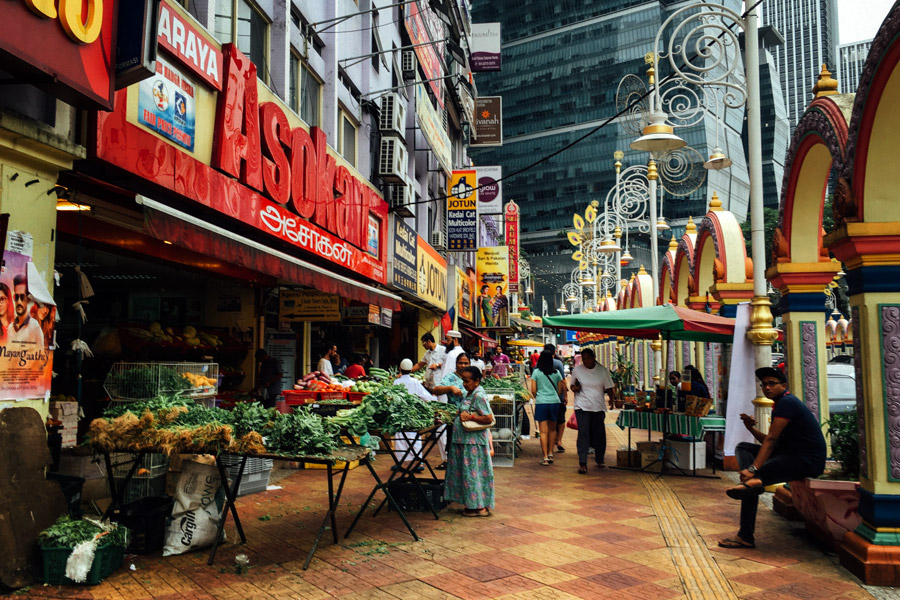The Rolling Stones - Gimme Shelter
We almost went to Laos instead. To Madie’s despair, I hate planning; I prefer a rough trajectory and improvisation over a solid plan (hopefully no one from work is reading this - or maybe they’ll realize that’s what I’ve been doing all along). Our tickets from Bangkok to Vientiane, Laos were purchased as a potential throw-away flight since customs often requires an onward destination. After virtually shredding them to pieces, we prioritize Cambodia and leave Laos to later. Maybe.
What attracted us to Cambodia is Angkor, a region famous for its many temples built during the high days of the Khmer empire, more than 800 years ago. But as soon as we landed, Cambodia felt like so much more. We had read about some of its tumultuous history, but nothing prepared us for the deep emotions we’d feel in Cambodia, high and low.
We land in Siem Reap, settling in a German guesthouse with the best (and only) currywurst in town. The owner’s German roots are apparent, with the most efficient receipt log we’ve seen, best tips, and profoundly nice words for the recent terrors in the US and France. It’s the cheapest room of the house, close to the kitchen and his own room. The owner’s wife, Cambodian, offers us the widest and most sincere smile - while the “No Sex Tourist” sign reminds us of where we are. We venture out for lunch only to be caught by a torrential rain and take shelter at a pharmacy while I eat my necessary ration of Magnum ice cream. We quickly go back to the room, upgrade it with our mosquito nets and turn on both fans to cool down and rest while the rain keeps falling.
There is something in the air we don’t quite comprehend yet. We had expected “yet another” South East Asian country with the usual quirks: littered streets, loud rackets, roaming dogs, rough elbows below the belt, cheap food and good deals. But the food is not cheap and deals are hard to find. The streets, albeit not fancy, are well kept and the roads are in good shape. But more fundamentally, we’re taken over by the genuine generosity and good spirit of the Cambodian people. It’s in the peaceful ride to town, in the lasting smile of the random local, in the offered chairs at the pharmacy and in the contagious laugh of our tricycle driver. People help, with nothing expected in return. A truly rare thing in Asia as we’ve come to know. It may be because of a Buddhist culture, of a local economy dependent on tourism, or a violent (and too recent) past. The Khmer Rouge and Pol Pot took over the country in the 70s, and conducted a massive social experiment of communism in the country, resulting in a genocide of around 2 million people, a quarter of the Cambodian population. This country suffered atrocities very few nations know, a mere generation ago. This opens our eyes to our surroundings: a country with a young population, 50% of them are under 22 (have we seen anyone over 50 around?), a country with a deep scar still too fresh. The feeling in the air might be a kind of exhaustion shared by an entire population, simply willing to rest for a little while.
We arrange three days of temple visits on a motorized tricycle and meet Lee, our joyful driver. With a clear path to a temple overdose, we trust him for the ride and hope for the best. We’re not disappointed. We leave early every day and explore all the temples we can find, with interludes of long slow rides in flat lands and Lee’s stories. After the introductory small temple and the too-dry Sras Srang, we visit the pink sandstone walls of Banteay Srei, and its detailed carvings already a millennium old. In the heat of the day, we marvel on the old stone among the Chinese tourist bus that just came by, loudly claiming its presence. The gates and face of Ta Som greet us on the way back, giving us shelter from the sun and the many tourists (which I wholeheartedly declare that we are too, just quieter).
Preah Khan will be the highlight of the day, built in the 12th century to honor the emperor’s father, and after many wars - taken back over by nature. Left largely unrestored, we get to explore its paths until a spectacular end, with a large strangler fig tree (I think?) standing dominantly over the gate. Madie hums the Indiana Jones theme as she will many times over the next days. I choose to be with Lara Croft considering Madie has the perfect outfit.
The following day starts with a two-hour tricycle ride through the flat land. The heat and sun slap us in the face, but we’re quickly recovered by the sight of farm lands, yelling children and young girls on bicycles. Houses on stilts and rice fields surround us as we drive in the hot air of the countryside. We get to Beng Mealea and traverse the temple, unfortunately swarmed a few minutes before by the unwanted bus. We marvel at the breathtaking surroundings and the strong selfie game all around us. Third place to the Chinese grandmas clumsily posing on a liana brance one after the other. Second place to the forced picture with the white baby. Grand prize: the solo middle-age male traveler with a camera stand, running to his photo site many times for the perfect picture.
But it’s time to get back to the ride and the next temples, in Roluos. We climb the high steps and rest alone at the top. Smiles are there, and despite the heat, we get to hold hands - knowing how precious our time here is. As we get to the tricycle, Lee tells us of Kem Ley, national activist and hero of many, who just died, shot at a gas station. Lee’s unbreakable joy left, and a deep sadness set in. Not all is well in Cambodia, rated 150 out of 168 on the corruption index - many activists have died, with suspect actions from the government. Kem Ley strongly criticized the Prime Minister a few days before he was shot (his death was condemned by the US and UN, requiring full investigation). Rain breaks as soon as we get back to the hotel. Good, Madie and I have a lot more reading to do to even attempt to understand this country. Hopefully, the $5 Korean BBQ dinner will help.
On our last day of visits, we go through the many faces of Bayon, high temples, heat, pools and park, and start to overdose. Another torrential rain starts as we onboard for the next ride, cooling us off and bringing smiles to our face. I get to hold Madie’s hand again as we drive slowly through the downpour. We take advantage of it and sit for an hour in the shelter of the tricycle with Lee, talking about his past life, his girlfriend, and the country. He looks young, but he’s already been through many adventures, from being a monk for seven years, selling fruits in Thailand as an illegal immigrant, to here in Siem Reap as a driver, making money for his family and girlfriend, both a day of travel away. His sadness receded and is replaced by the laugh we know. Lee, as many people here, stays hopeful.
As the rain recedes, we step out the tricycle and finally make our way to the most famous temple of the area, Angkor Wat. As soon as we step onto the stone bridge, the rain doubles up and gets us smiling under our ponchos. Three mischevious kids run around and jump off the 8-meter-high bridge to the river below, quickly climbing back up to go at it again. The rain, as it turns out, is a blessing; we see the complex as few have seen: not overcrowded with people. As we adventure inside, monks also run by to take shelter - as I remember they also live on the premises. At the center, Angkor Wat shows all its magnificence, built 800 years ago, as if it was carved from a single stone - the perfect high of our overdose. At last, we get back to the guesthouse, washed out and saddened to say goodbye to Lee.
The next day, we head to the other side of Cambodia, aboard a crazy bus ride (which we’re now used to) to Mondulkiri, a refuge for elephants.
Links
- Siem Reap is the main gateway for the Angkor region. It is easy to fly from Thailand or Vietnam, or take a 6h bus ride from Phnom Penh.
- The Angkor region has many many many temples. Most notably, and not to be missed:
- Angkor Wat, the postcard one (just make sure it’s rainy as hell if you want a good photo)
- Bayon, with its many faces
- Preah Khan, my personal favorite - for full Indiana Jones and Lara Croft feels (with a dash of Uncharted)
- Banteay Srei, one of the oldest, with unique pink sandstones and carvings
- Ta Prohm, for the awesome strangling tree picture
- Beng Mealea, a little bit further but well worth the trip
- We stayed at Schein Guesthouse and highly recommend it! Delicious and filling breakfast, and the best currywurst of our trip so far!









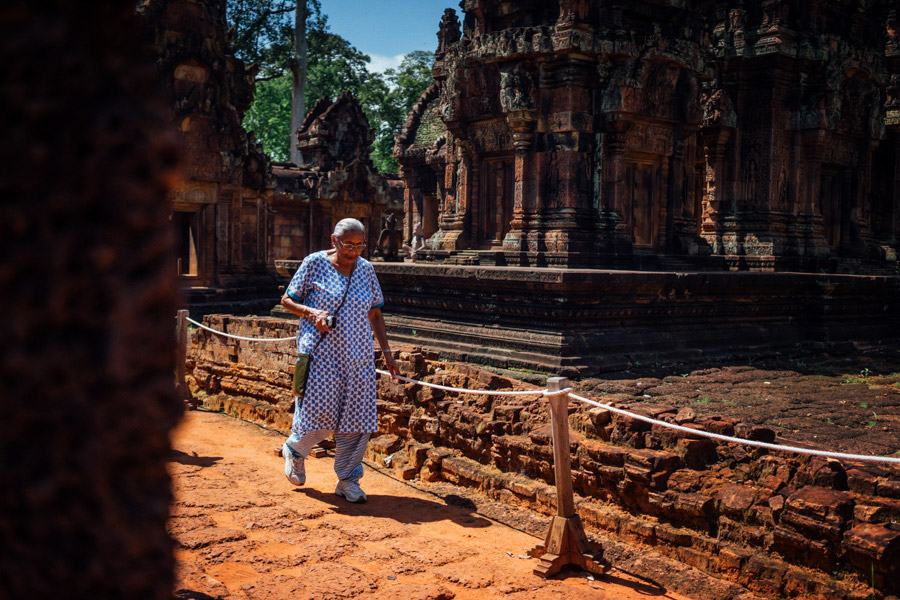





![ “Resting on the vault itself of the gallery, [the trees] frame its openings and brace the stones in substitute for pillars in a caprice of nature that is as fantastic as it is perilous.” - Conservator Maurice Glaize](https://images.squarespace-cdn.com/content/v1/562fe3aae4b0a3fef65d3577/1472721864047-SHP8O2QCHPU41OWE1NLS/Madelene-Farin-Cambodia-234.jpg)











